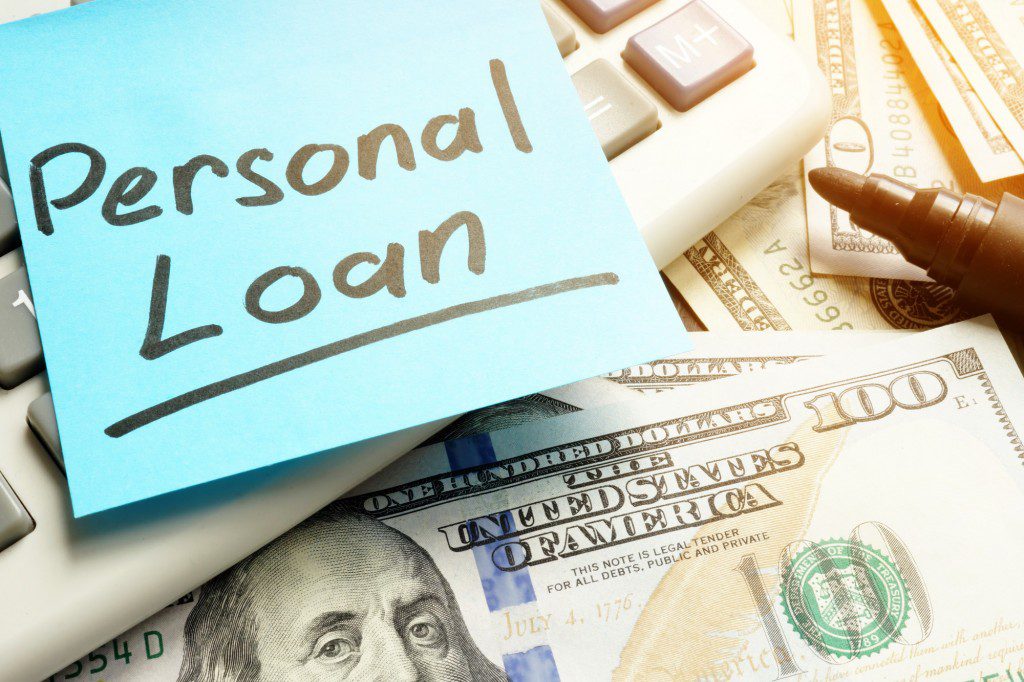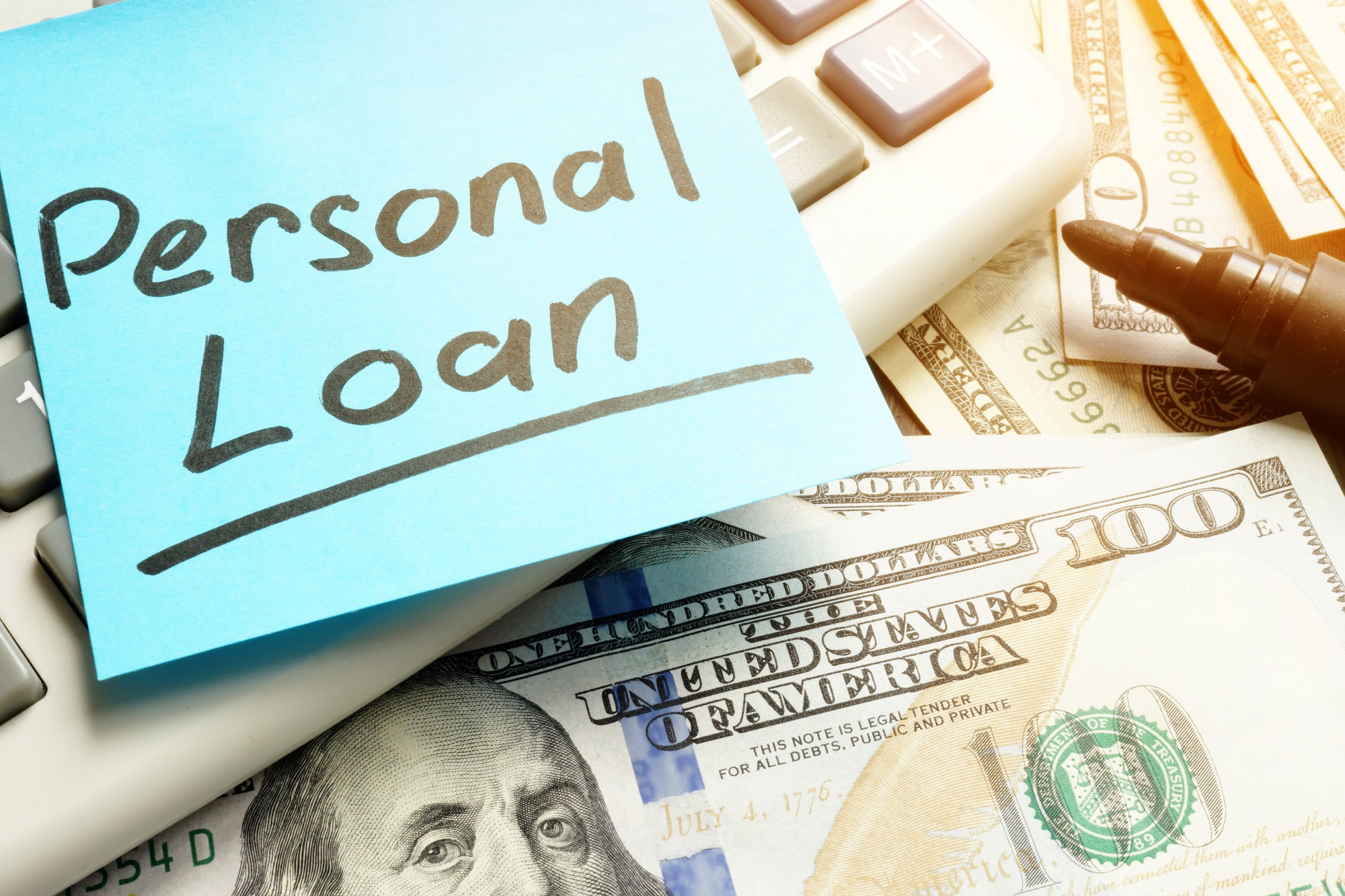Nobody wants to pile debt on their already strained finances. However, tough financial times call for drastic measures to get out of a financial jam and, unfortunately, this includes borrowing. It could be due to a job loss, or an emergency fund required for your business.
Some will run to their credit cards. Others will take out short term loans, while the smart ones will go for small personal loans. However, while these loans may provide a way out of your current financial pinch, there are times to stay away from them and times to get one.

While times may get tough financially, the debt menace is a result of poor financial management. Many Americans don’t have the basic money management skills and to make matters worse, they don’t have an emergency fund.In fact, according to a study done by the Federal reserve in 2018, 40% of adults will either have to sell something valuable to cover a $400 expense or fail to cover it altogether. This shows that many Americans don’t have a lot in savings
However, a later study done by CNBC found 40% of Americans can cover an unexpected expense of $1,000 such as a car repair or an emergency medical bill, using their savings. In short, this means many Americans don’t have over $1,000 in their emergency fund.
Building an emergency fund requires patience and discipline. This fund should be the ultimate goal. However, before getting to that point, a small personal loan can bridge the financial gap should the need arise.
What is a Small Personal Loan?
A personal loan is typically an unsecured installment loan. This means you don’t have to put up any collateral such as a home or a car to get the loan. In addition, you get to repay the loan in monthly installments over a fixed period.Therefore, you can agree with the lender to spread the payments in a way that makes it affordable for you. This will also give you a clear image of your financial position from day one, making your budgeting process effortless.
When it comes to a small personal loan, the only difference is in the amount of money you can take out. With a typical personal loan, lenders allow borrowers to take out between $50,000 and a six-figure amount. However, a small personal loan will range between $1,000 and $2,000, depending on the lender.
For instance, LendingClub and LightStream offer $1,000 small personal loans. Some will even offer a lower amount, although it will require additional effort to find one.
When Not to Take Out a Small Personal Loan
Certain circumstances don’t warrant taking out a small personal loan
-
If You Can Save the Money
Are you looking to go on holidayor get yourself a luxurious item? Well, these aren’t immediate needs and they can wait. Even better, you can save for them instead of taking out a personal loan that will end up costing you more than the item itself.
-
If the Investment Isn’t Worth it
Before you can take out a loan for any investment, make sure you understand the investment. This means knowing whether it’ll make you money in the long run or not. Failure to this will result in you paying interest on an investment that lost you money.
-
If Your Score Took a Hit
Debt consolidation or home improvements may not be worth it if your credit score took a recent hit. This is because chances are, you’ll not get favorable rates for the loan or, even worse, get turned down for the loan. Therefore, it’s wise to first improve your score before applying for a loan.
-
If You Don’t Have a Stable Income
Most lenders will consider your employment status when applying for a loan. Without a stable source of income, they may impose high rates or eventurn you down. This scenario will also apply to self-employed people because it’ll be difficult to prove their income.
Consider cutting back on your expenses or take on a side job to help you build an emergency fund. This will help you avoid taking out a loan in the future.
Are Small Personal Loans Affordable?
You may not need collateral when taking out a personal loan, which is good for anyone who doesn’t have any. However, this doesn’t mean the loans are any cheaper than other forms of borrowing. In fact, because of this reason, lenders will charge a highinterest rate to cover the associated risks, and it will be even worse for someone with a bad credit score. The interest rates at the moment stand at 26.24%. Now, this isn’t as cheap.
If you have excellent credit, your pockets won’t suffer as much. In fact, you’ll only have to pay APRs as low as 6% or even lower. Even with that said, personal loan affordability is relative.
Improve Your Credit Score with a Small Personal Loan
You must be thinking to yourself that a loan means more debt. While that may be true, a personal loan can definitely improve your score, but before it gets better, it’ll take a slight hit during application. Nevertheless, once you start making on-time payments, your credit score will start climbing. Here are some ways a small personal loan can improve your score:
-
Credit Card Utilization
This is the spending or debt-versus-the-credit-limit on your card. Typically, it should be at 30% or below. Anything higher than this means lenders will consider you irresponsible or someone in a desperate financial situation.To avoid this, instead of using your credit card to solve financial emergencies, consider taking a personal loan. This will help you maintain a low ratio.
If your ratio is already above 30%, there’s still hope. You can transfer the credit card debt to a personal loan. This will lift the burden off the credit card while also reducing the ratio. However, you may want to seek a bigger loan to offset these debts.
A personal loan is also known as nonrevolving credit, which means there’s a fixed repayment period. A credit card, on the other hand, is referred to as a revolving account, which means there’s no fixed repayment period.
-
Making On-time Payments
Once you take out a personal loan, you’ll need to make monthly installments over an agreed period. Making these payments on time without skipping a single one will improve your score. As a result, the next time you apply for a loan, you’ll be in a better position to negotiate favorable rates.
Staying Away from Small Personal Loans
At the start of this article, we talked about how no one wants to end up in debt, but that emergencies push many people into borrowing. However, there are numerous ways you can avoid small personal loans and achieve financial independence.
- Set up a budget – Every financial expert recommends setting up a household budget. This is because a budget will help you see your financial position more clearly because it includes both expenses and income.
If expenses are more than income, the next step is to cut down on unnecessary purchases. If it’s the other way around, setting up an emergency fund with the excess funds is the wiser move.Also, keep in mind that setting up a budget will be the easy part. The difficult part is sticking to the budget, and this is where many people fail.
- Create an emergency fund – You’ve already seen how an emergency can set your finances into a tailspin and just how many Americans suffer the same predicament. Therefore, it’s in your best interest to set up an emergency fund. According to financial advisors, it’s recommended to put away at least 6 months’ worth of living expenses. This way, you’ll have enough time to recover from a financial crunch.
Final thoughts
Different from what many parents pass down to their kids, loans aren’t bad. It depends on how you handle the loans; the same applies to credit cards.
Nevertheless, times get hard, and the need to borrow may arise. While loans can relieve your financial burden, it’s important to differentiate between when you need them and when to stay away. With the tips provided here, you should have an easy time deciding between needs and wants.
